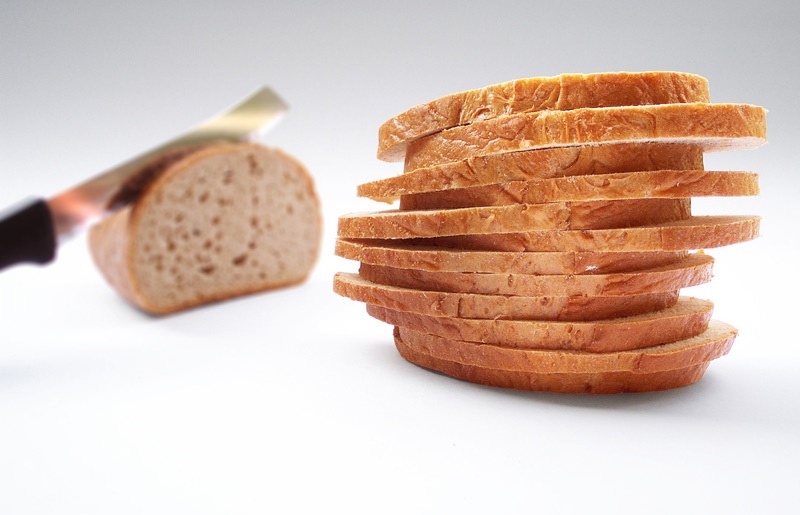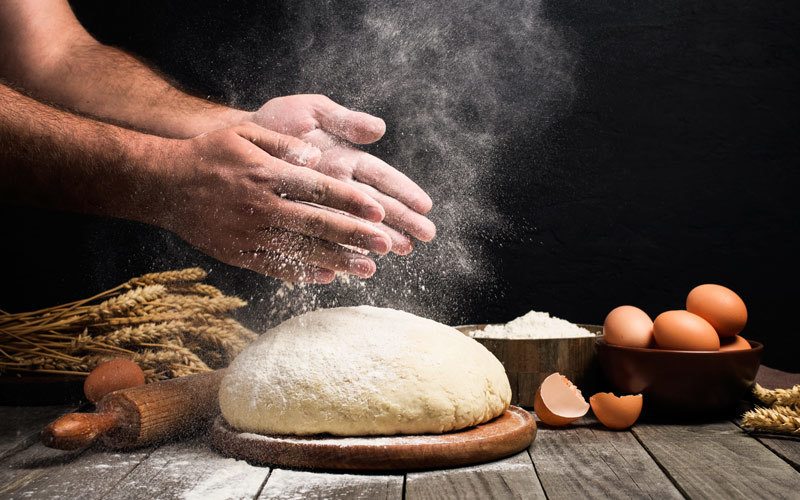
Baking gluten-free potato bread is a great alternative to other gluten-free bread options. It’s easy to make, offers a number of health benefits, and is delicious. Potato bread can be made with mashed potatoes or by using potato flour or flakes instead of whole wheat, all-purpose flour, or bread flour.
Potato bread features approximately the same caloric and protein content as other types of bread, but the potatoes in it boost the zinc, iron, and potassium content. A typical slice of potato bread has about 85 calories and 4 grams of protein as well as 5 percent of your daily value of calcium, iron, and B-6.
It’s also higher in fiber. With an average slice of potato bread, you get about 2 grams of fiber, which is the same amount found in whole wheat bread and about three times as much as you get from white bread.
One final nutrient benefit of potato bead: folate. White bread actually has an equivalent amount of folate as potato bread but the folate content in potato bread is higher than in wheat bread (unless it has added folic acid). Folate helps with metabolic activities and assists in the making of neurotransmitters. The recommended daily allowance of folate is 500 micrograms per day and a single slice of potato bread averages 46 micrograms.
The bottom line? Potato bread is more comprehensive when it comes to nutrients and it makes for a great change of pace when you’re tired of white sandwich bread. It’s also a great solution to use up extra mashed potatoes. Have you ever considered whipping up a loaf of potato bread the day after Thanksgiving to use up that giant mountain of mashed potatoes sitting in your fridge? It’s a great option!
There’s no denying it, potato bread tastes great and is versatile. It can be used to make sandwiches, toasted for breakfast, slathered with butter, jam, and honey, or served beside bacon and eggs. It’s affordable, easy to make, and might end up being one of your family’s favorite gluten-free recipes.
Below are some of our favorite recipes for the perfect gluten-free potato bread.
Gluten-Free Potato Bread
Ingredients:

Directions:
Pioneer Woman Potato Bread

This one is a little more complicated but it results in a more traditional bread that is in loaf form and can be sliced to make sandwiches or toast. It takes about 40 minutes to prepare and a little over half an hour to bake. It’s easy, just more time-consuming than the first recipe. You also get 16 servings from this loaf of bread which is more than the previous recipe.

